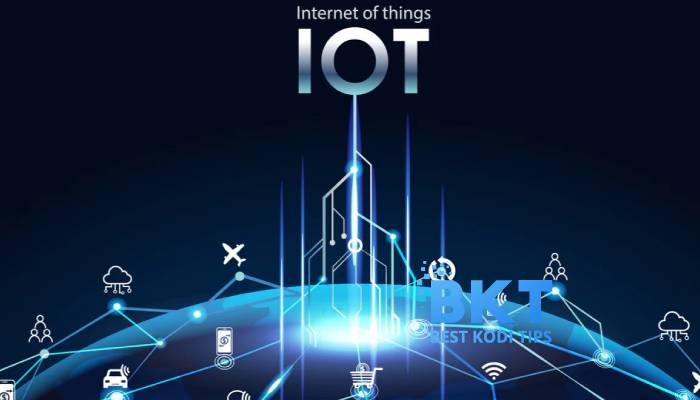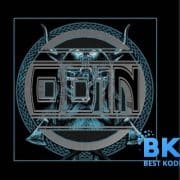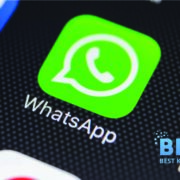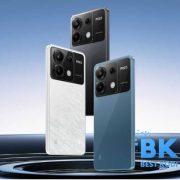The influence of IoT-powered solutions on different spheres of our life is gradually growing. Today the volume of the Internet of Things market is around $800 billion. And according to the latest statistics, there are already around 13 billion connected devices worldwide. But it is absolutely clear that this industry is gaining momentum and by 2030, this figure is projected to hit the mark of 25 billion.
In this article, we’d like to pay attention to 4 IoT trends that can be observed today and that are expected to lead the changes across various industries thanks to the new opportunities that they can provide to businesses and end-users.
In general, Internet of Things solutions can significantly facilitate a wide range of tasks and demonstrate a higher efficiency of their fulfillment in comparison to those cases when all of them were performed only manually. These facts are among the most important reasons for the growing popularity of IoT apps and the increasing demand for them across different business sectors.
Trend 1. Integration of AI algorithms
AI and IoT are a good duo (AIoT) as together they can provide practically unlimited possibilities for getting valuable business insights. Today companies are actively investing in these technologies as they know that such solutions can provide a strong competitive advantage for them.
The combination of AI and IoT can help in such tasks as increasing operational efficiency and proactive intervention, enhancing personalized experience and risk management, as well as ensuring reliable intelligent automation.
Trend 2. Transformation of the logistics industry and supply chain processes
Nowadays, global supply chains are rather complex. What is even more important is that we can see and feel their extreme interdependence which can significantly scale the impact of any mistake or failure that can take place only in one its segment. Nevertheless, despite all the existing risks, the range of benefits that all participants in supply chains have today is practically endless.
Some decades ago, manufacturers as well as logistics firms could get information that their goods had arrived at a particular location. But it was not always possible. And of course, they couldn’t monitor the entire route to understand the ongoing situation and make forecasts regarding the timeframes of further steps. However, today, thanks to IoT all this has become not only possible but also completely simple.
Now, all steps of each delivery can be tracked and if any mistakes or issues are detected, they can be addressed practically immediately. As a result, today around 70% of retailers are trying to implement IoT solutions in their supply chains.
One of the ways to do it is to equip trucks with special smart devices and sensors enriched with GPS modules. These devices can gather and transmit information regarding the location of a truck, its speed, time spent at stops, etc.
With this data received in real-time, logistics specialists can more precisely predict the time of deliveries and better plan further steps.
Trend 3. Leading the Fourth Industrial Revolution
The Industry 4.0 revolution is known as a general term for describing the process of digitalization and automation in manufacturing. And one of the major components of these changes is IoT.
The advantages that the Internet of Things can bring to industries in combination with other tech solutions are vital for transforming manufacturing processes. Smart sensors can control production lines, analyze the performance of equipment, and send notifications in case of any emergencies or unpredictable situations.
The use of IoT can help enterprises minimize the risks of downtime and to timely conduct the necessary machinery maintenance. Those factories that rely on IoT-powered systems can reduce their workforce and decrease their operational costs.
Trend 4. Increasing the efficiency of healthcare services
The issues of the accessibility of medical services are still believed to be pressing in many countries. Moreover, the importance of remote medical services became obvious amid the COVID-19 pandemic. But just making a video call with a doctor or receiving recommendations via an online chat can be not enough in many cases, especially when patients have chronic diseases.
Medical wearable devices can continuously track the vital parameters of patients and inform doctors in case of emergencies. Also, smart devices can be used for helping patients to organize the treatment process by themselves in the most optimized way. Smart devices can remind users of the necessity to take a pill or to make physical exercises.
The Internet of Medical Things (IoMT) is a very promising segment that is quickly growing and expanding nowadays. And we have solid grounds to expect this segment to continue rapidly developing in the future.
Conclusion
As you can see, the impact of IoT can be detected in absolutely different business domains. And with the further digital transformation of the world, even more innovative IoT-powered solutions will be introduced for addressing various business and everyday tasks.















Comments